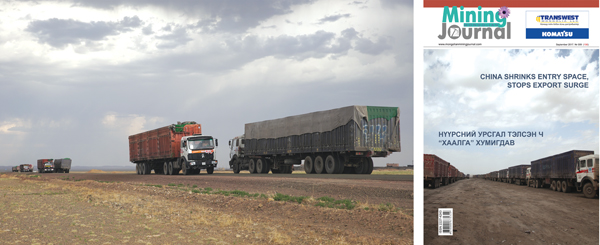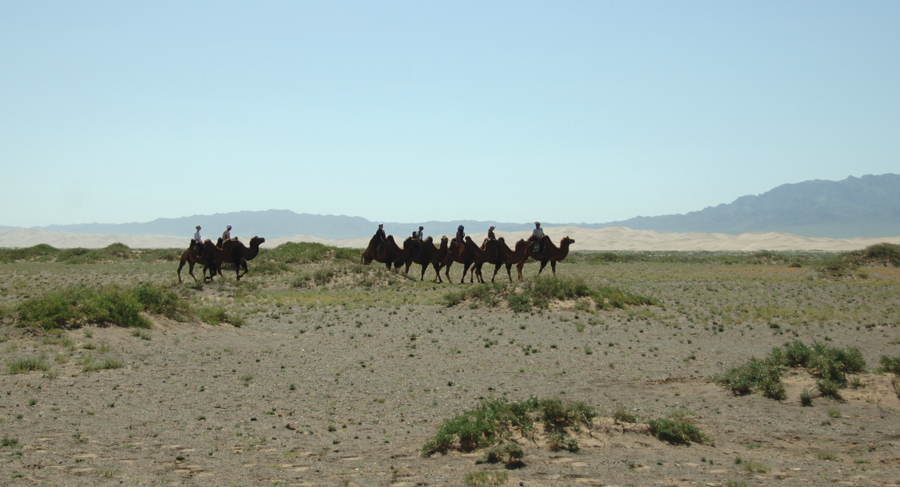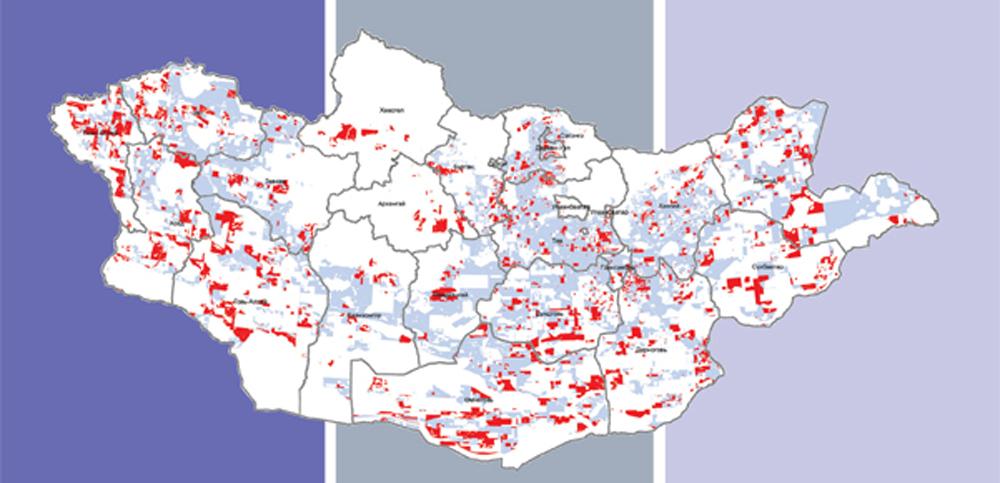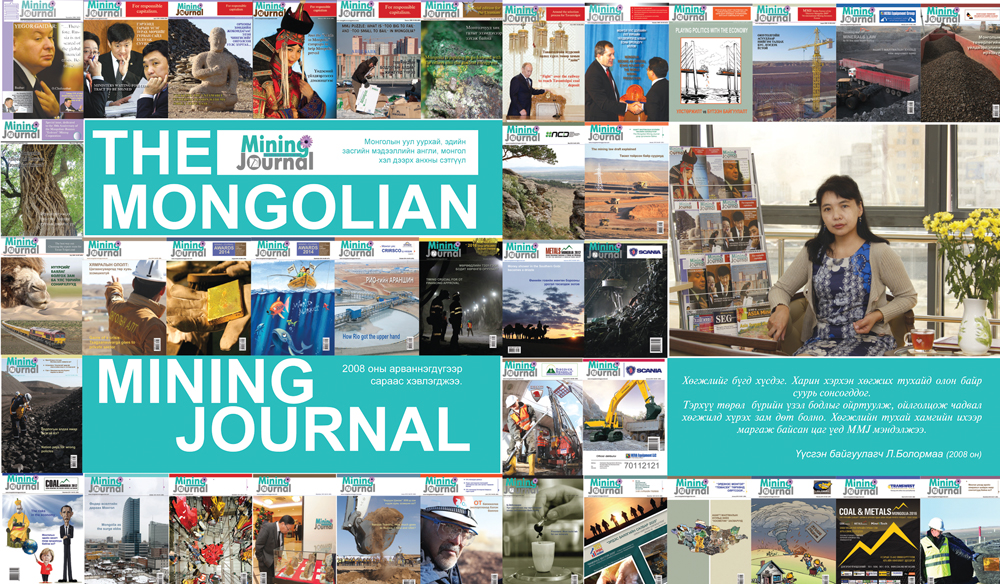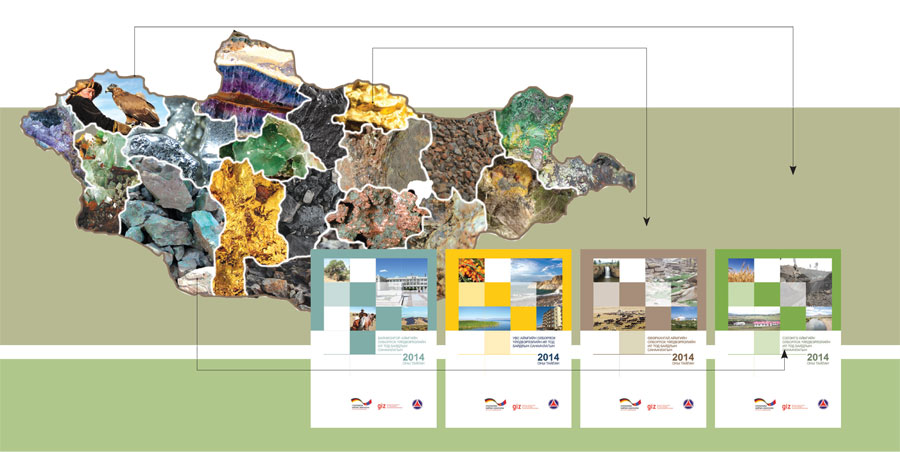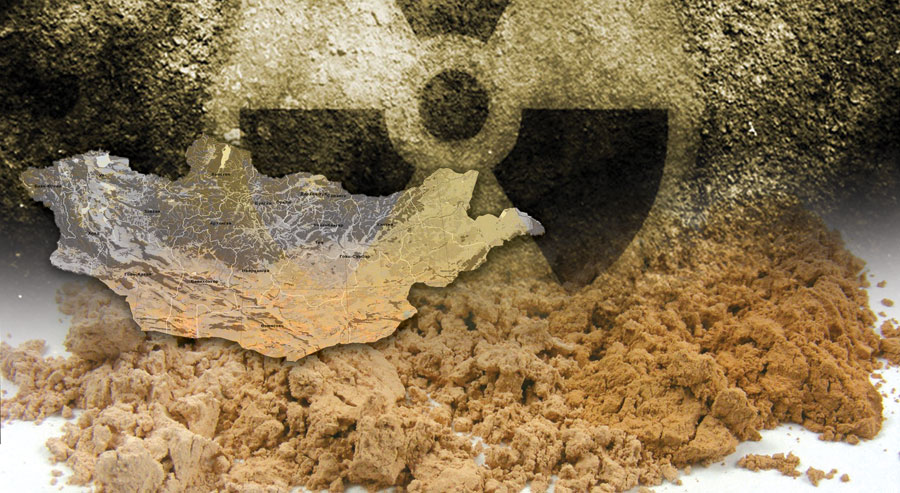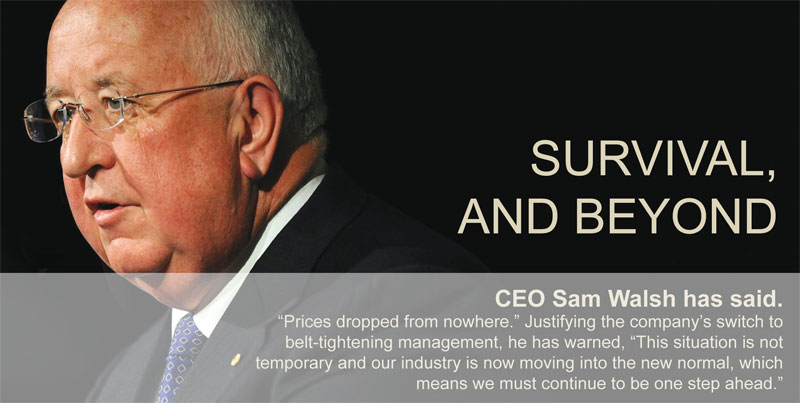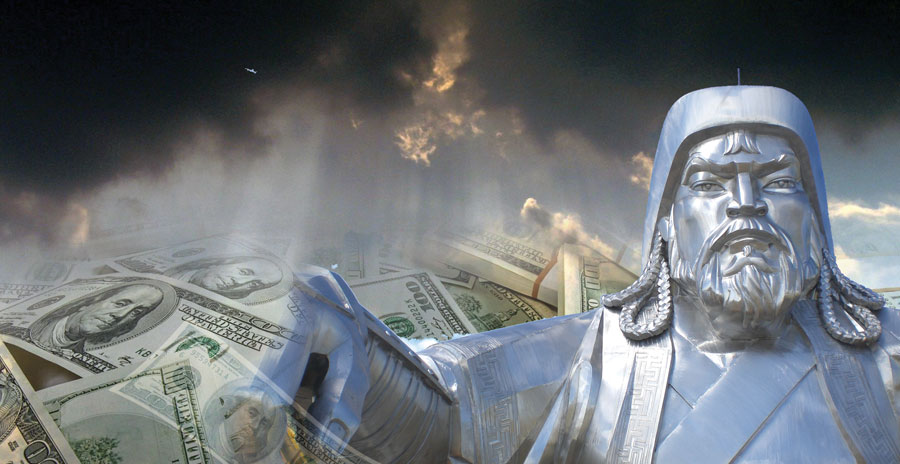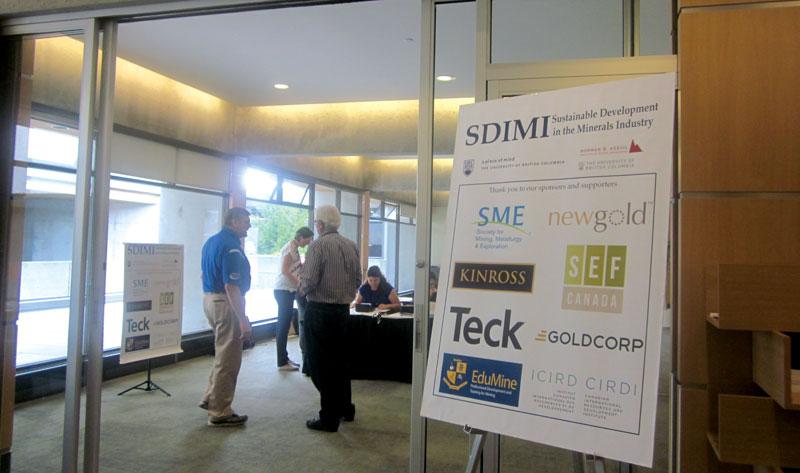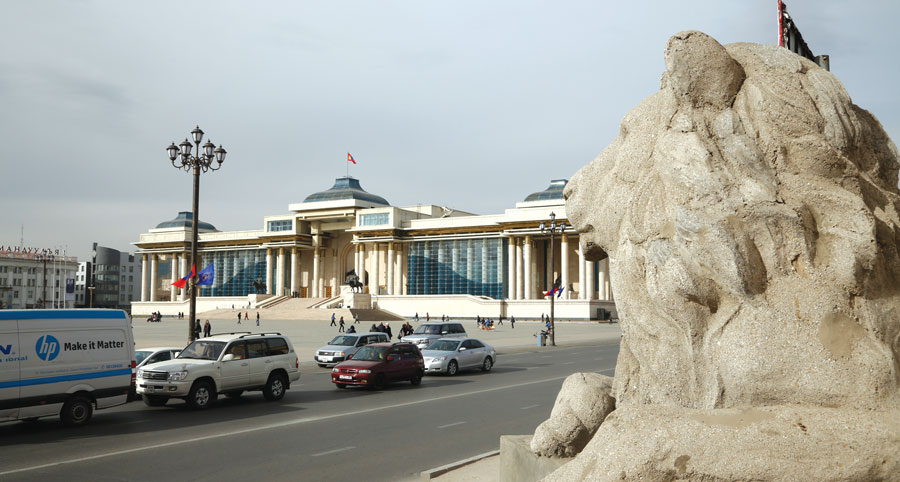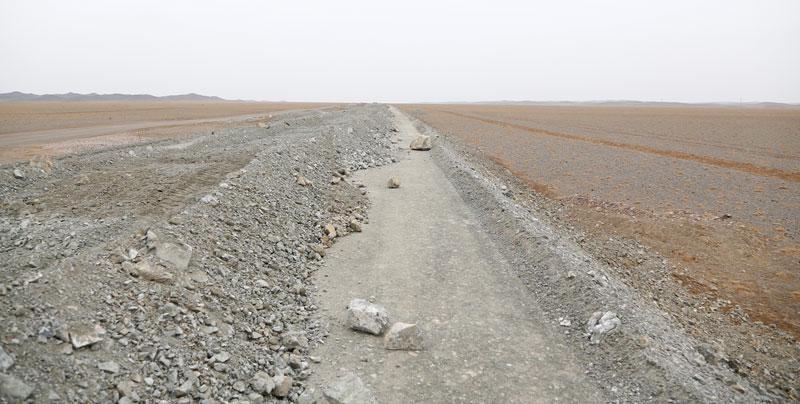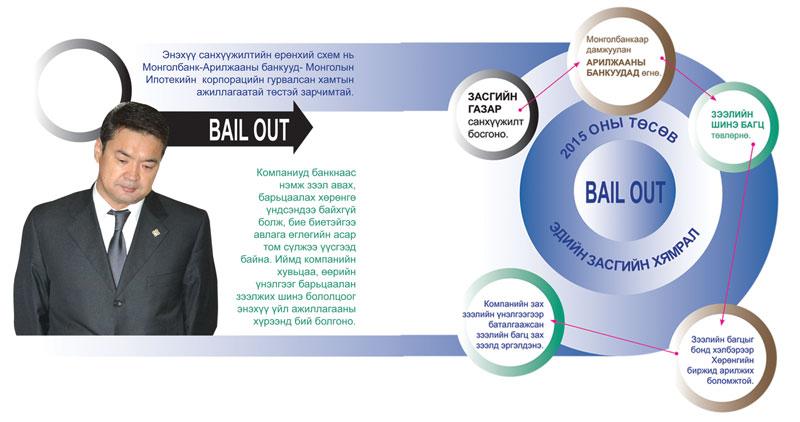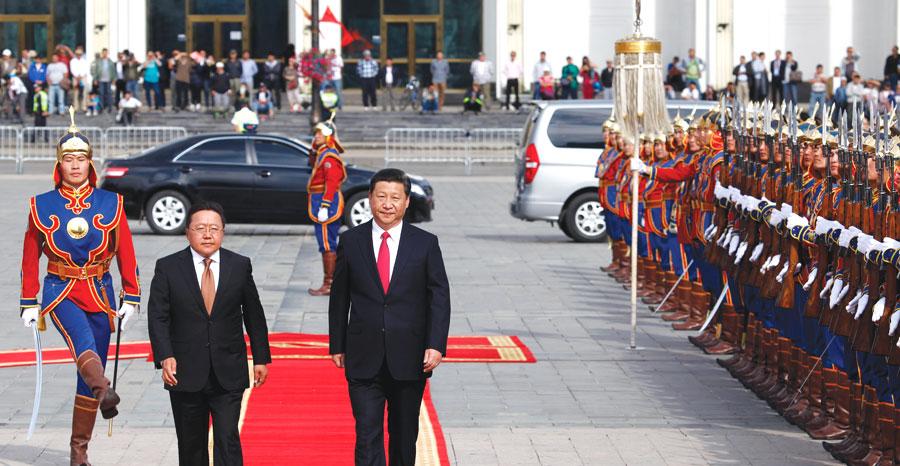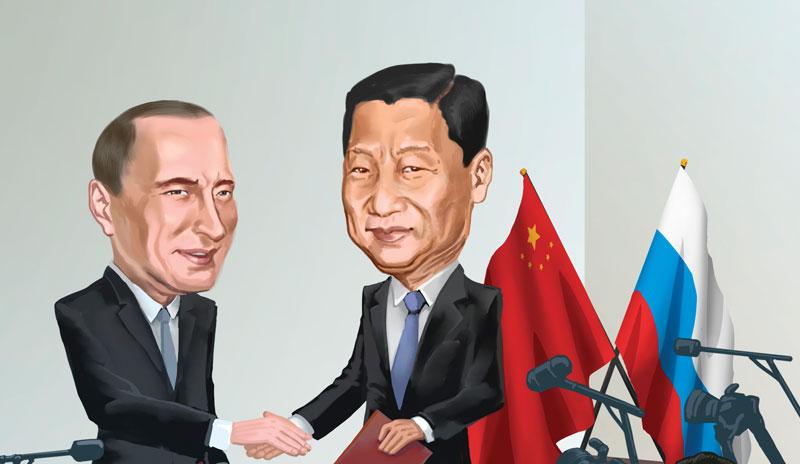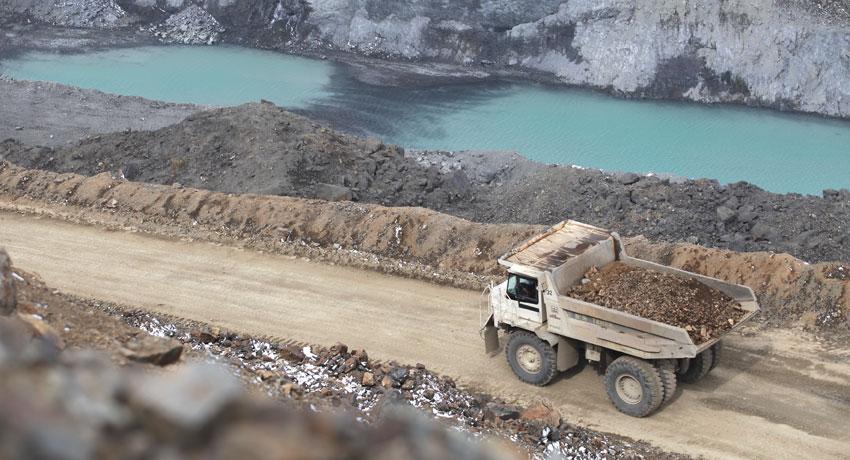Opinion
Coal’s way
The restrictions recently imposed on coal trucking in China’s eastern and northeastern provinces have had a negative impact on Mongolia’s coal exports, as that region is where much of the country’s coking coal imports are consumed.
Cleaning up laws in the mineral sector
The list above is of the main laws that govern the mineral sector. They will soon receive a thorough clean-up to remove contradictions and conflicts between them, and to make them more coherent and complementary.
Coal’s come back year
The first five months of the year saw Mongolia exporting 15 million tonnes of coal and earning $1 billion from it, taking us back to the heady days of 2011 when more coal than ever before was exported. Then, as now, the export success gave a big boost to a national economy in crisis.
Electing a president and a prime minister’s visit
ALL eyes will be on the Presidential election until voting day on 26 June, and maybe for some time even after that. This is the seventh such direct election and the winner will be the fifth president of the country.
To “Our Editor”
Boloroo, you are no longer in our living world, but we at the MMJ still think of you as our editor, and believe that you are still writing your incisive articles in your special style. You have gone to another world and will not return, but your presence at the office is still vivid and active.
Focusing nearer home
As part of the GIZ’s Integrated Mineral Resources Initiative program, MMJ journalists have for some time now been working on preparing a simplified version of the Extractive Industries Transparency Initiative (EITI) reports on four selected aimags, to make them more interesting and easier of access.
Mongolia takes a U-turn
In a big boost to the drooping morale of the mining sector, Mongolia is all set to become a uranium extractor country again. The Executive Director of Mon-Atom LLC, E.Galbadral, told MMJ in April that talks with the French company Areva to put two deposits into the economic cycle were at an advanced stage.
Survival, and beyond
Producers and sellers find today’s mineral commodity market dismal, with prices falling all the time. This started back in 2012, and no respite seems in sight. Some studies and analysts predict a recovery in mid-2016, but not many companies share their optimism and most are looking for a viable survival strategy.
Time for the bond baby’s first haircut
Mongolian babies have their first ritual haircut around when they are three years old. This time has now come for a national baby brought to the world in the hot September of 2012, which the Mongolian Government named after Chinggis.
A community is a stakeholder, and deserves respect
Inside this issue is the text of a presentation by Jocelyn Fraser, Professor at the Norman B. Keevil Institute of Mining Engineering in Canada’s University of British Columbia, where she shows how mining projects have been facing serious risks in the past five years, and how new trends are emerging in the sector. The presentation was given at a conference on Sustainable Development in the Minerals Industry (SDIMI), held on July 13-15 in Vancouver.
The facts behind fictitious companies bleeding Mongolia
Decisions expected to have been taken by the government and Parliament in the first half of 2015 would be vital for Mongolia’s economic development but some of them are yet to be made (at the time of writing), keeping the fate of some projects uncertain. The government’s stand on some of these is known, but whether it will have its way is an open question.
Choosing fees over dividends
The Government has now started acting seriously to resolve differences over how to finance development of the second stage of the Oyu Tolgoi project, which is its underground mine.
A bank of dirt becomes a stone wall
In October, 2014, the Government of Mongolia sent invitations to six parties to bid for Tavan Tolgoi, according to Decree No.268 of the Government, of which the full text was published in the Mongolian Mining Journal.
PM raises hopes, but not for overnight change
The very first speech made by the new Prime Minister, Ch.Saikhanbileg, gave people hope that the Government under his leadership indeed has a well thought out “recipe” to tackle the economic crisis.
Xi, Pu and the USD rate
The Development Bank of Mongolia was able to take a few deep breaths after the visit of the President of China, Xi Jinping. The reason was that the China Development Bank had agreed to lend it $162 million, repayable in 8 years at 6 per cent interest.
MONGOLIA’S DILEMMA: should its loans be commercial or political?
The World Bank declared in 2012 that with a rise in its per capita GNI (Gross National Income) Mongolia had become a middle income country, leaving behind its place among those in the low income category. Along with this came an end to an era of loans and grants from international financial organisations and donor countries.
‘Break time’ beckons
We owe the clever phrase to L.Bayaraakhuu, CEO of the Mongolian Association of Metal Producers, who recently said his organisation hoped the industry would be able to revive itself in the ‘break time’ that appears to be almost upon us.
Need to change our fuel and energy perspective
This month I wish to discuss a new strategic perspective on sustainable development of fuel and energy.
We Mongolians do not take kindly to any change in the terms that we are accustomed to.
